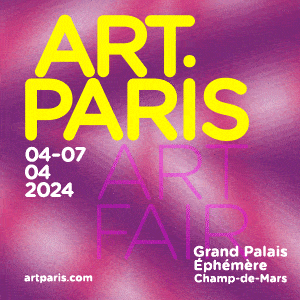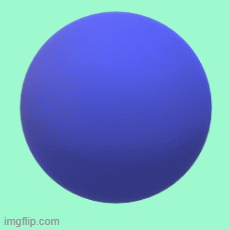Whitehot Magazine
April 2024
"The Best Art In The World"
"The Best Art In The World"
April 2024
Summer 2007, WM # 4: Charles Gaines

Like a dark cloud
Charles Gaines at LA><ART
In the course of everyday life in Los Angeles, it's unclear exactly what and where smog is. Looking at this huge phenomenon from the inside, it's difficult to distinguish what is merely an overcast day and what is a poisonous haze of particulate matter engulfing the city. So it's pretty amazing to see the dynamic model of smog in the Los Angeles basin, in Charles Gaines's Greenhouse project. But this feat of visualization only scratches the surface of what Greenhouse, as a work of art, has to offer.
In the main gallery at LA><ART, sits a large rectangular chamber with transparent polymer walls-- taller than the viewer. Through a diffuse smoke sealed inside the hardwood-framed chamber you can see, on it's "floor", a black-and-white print from a satellite view of Los Angeles. (The boundaries of the "map" seem to include Culver City, where LA><ART is located). Mounted on the "ceiling" of the Greenhouse chamber, there is a corresponding print of the night sky and all its stars, facing down at the "city." These two prints are separated by the simulation of smog. If you live in Los Angeles, it becomes apparent from looking at this scene why there are so few stars visible in the night sky.
The individual material elements that give form to this sculptural project are minimal and without fanfare. What is striking is how the event of its fabrication continues in the gallery. Both the density of the "smog" circulating in the Greenhouse chamber and the luminosity of various tinted light bulbs hanging from its ceiling are dynamically regulated by a computer control unit set against a gallery wall. In response to telemetric updates (every fifteen minutes) from the South Coast Air Quality Management District (AQMD), the control unit performs a two-pronged translation. First, a set of LCD displays and a computer monitor on the control unit quantify AQMD measurements of key pollutants in the local atmosphere, refreshing readouts like "762: Nitrogen Dioxide." Second, the control unit triggers changes in the appearance of the "smog" inside the chamber, in order to mimic the updating conditions of smog in the outside world.
The two different translations of AQMD stats--one as numbers on screens and one as a bird's-eye-view model of smog in the city--invite the viewer to connect statistical data with "seeing the big picture." Although, even in such a controlled scenario, this configuration may serve better to point out the failure of the mind to truly make such a synthesis.
The overt site-specificity of the project seems a little uncharacteristic for Gaines, but its effect is to anchor a subject matter so pervasive that it literally encompasses all possible visitors to the gallery. Smog is largely the byproduct of the massive energy consumption in the region; of the transportation and industry that nearly all Los Angelenos are implicated in, in some way or another. And a viewer's implication--both as a contributor to smog and a node in the economy of which smog is the residue--undergoes a further movement from cause to effect. Though the figure of smog is rendered visible in the confines of Greenhouse, it is nevertheless a presentation that refers to an unpresentable in the experience of this artwork--i.e. the unmeasurable scale of invisible health risks or deaths caused by smog. Of which there are plenty. The AQMD website describes smog pollutant effects using phrases like: "impairs breathing... reduces blood oxygen... invades deep into lungs..."
A method of addressing the viewer with such a mixture of complicity and foreboding is not unique in Charles Gaines's practice, but the issue of smog specifically implicates a broad audience. When we are in the gallery, we are on this map. We are inside the smog of the outside world in the present moment. This is no longer the forensic, historical, or fictional narrative of other Gaines projects; no longer about someone else, somewhere else. This is happening to us right now. The instruments are updating.
And, driving home from the gallery, pumping Nitrogen Oxides into the air, there is the feeling of being revealed as shareholders in our own decline.
Charles Gaines's Greenhouse exhibits at LA><ART July 19-August 30, 2007.
links
http://www.aqmd.gov/telemweb/Reading.html
-Patrick Marcoux is a birdwatcher in Los Angeles.

Patrick Marcoux
Patrick Marcoux is a birdwatcher in Los Angeles.
Web address










